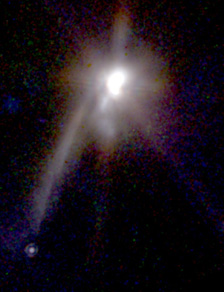The near-infrared image of the binary stars. The faint object in the lower left may be a planet.
Click on image for full size
Courtesy of S. Terebey and NASA
Possible Planet?
News story originally written on May 29, 1998
Possible planet? Protoplanet? Possibly. Scientists searching through Hubble images of stars in the
constellation Taurus may have found what could be the first image of a planet outside
our solar system.
Susan Tereby made the discovery of this possible planet while studying a binary star system in Taurus. This possible planet has been given the name TMR-1C. TMR-1C is 450 light years from Earth. The mass of TMR-1C is estimated to be 2-3 times the mass of Jupiter.
Dr. Ed Weiler, Director of the Origins Program at NASA Headquarters, said, "We are sharing this preliminary data with the public at a very early stage in the research process because of its potential importance and because of the compelling nature of the image. If the planet interpretation stands up to the careful scrutiny of future observations, it could turn out to be the most important discovery by Hubble in its 8 year history."
You might also be interested in:

It was another exciting and frustrating year for the space science program. It seemed that every step forward led to one backwards. Either way, NASA led the way to a great century of discovery. Unfortunately,
...more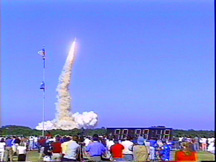
The Space Shuttle Discovery lifted off from Kennedy Space Center on October 29th at 2:19 p.m. EST. The weather was great as Discovery took 8 1/2 minutes to reach orbit. This was the United States' 123rd
...more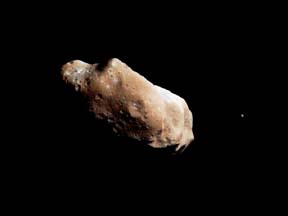
A moon was discovered orbiting the asteroid, Eugenia. This is only the second time in history that a satellite has been seen circling an asteroid. A special mirror allowed scientists to find the moon
...more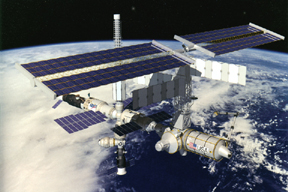
Will Russia ever put the service module for the International Space Station in space? NASA officials want an answer from the Russian government. The necessary service module is currently waiting to be
...more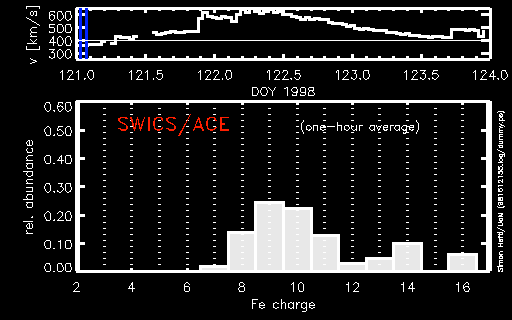
A coronal mass ejection (CME) happened on the Sun early last month. The material that was thrown out from this explosion passed the ACE spacecraft. The SWICS instrument on ACE has produced a new and very
...more
J.S. Maini of the Canadian Forest Service called forests the "heart and lungs of the world." This is because forests filter air and water pollution, absorb carbon dioxide, release oxygen, and maintain
...more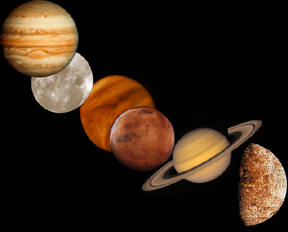
In late April through mid-May 2002, all five naked-eye planets are visible at the same time in the night sky! This is includes Mercury which is generally very hard to see. You won't want to miss this!
...more


